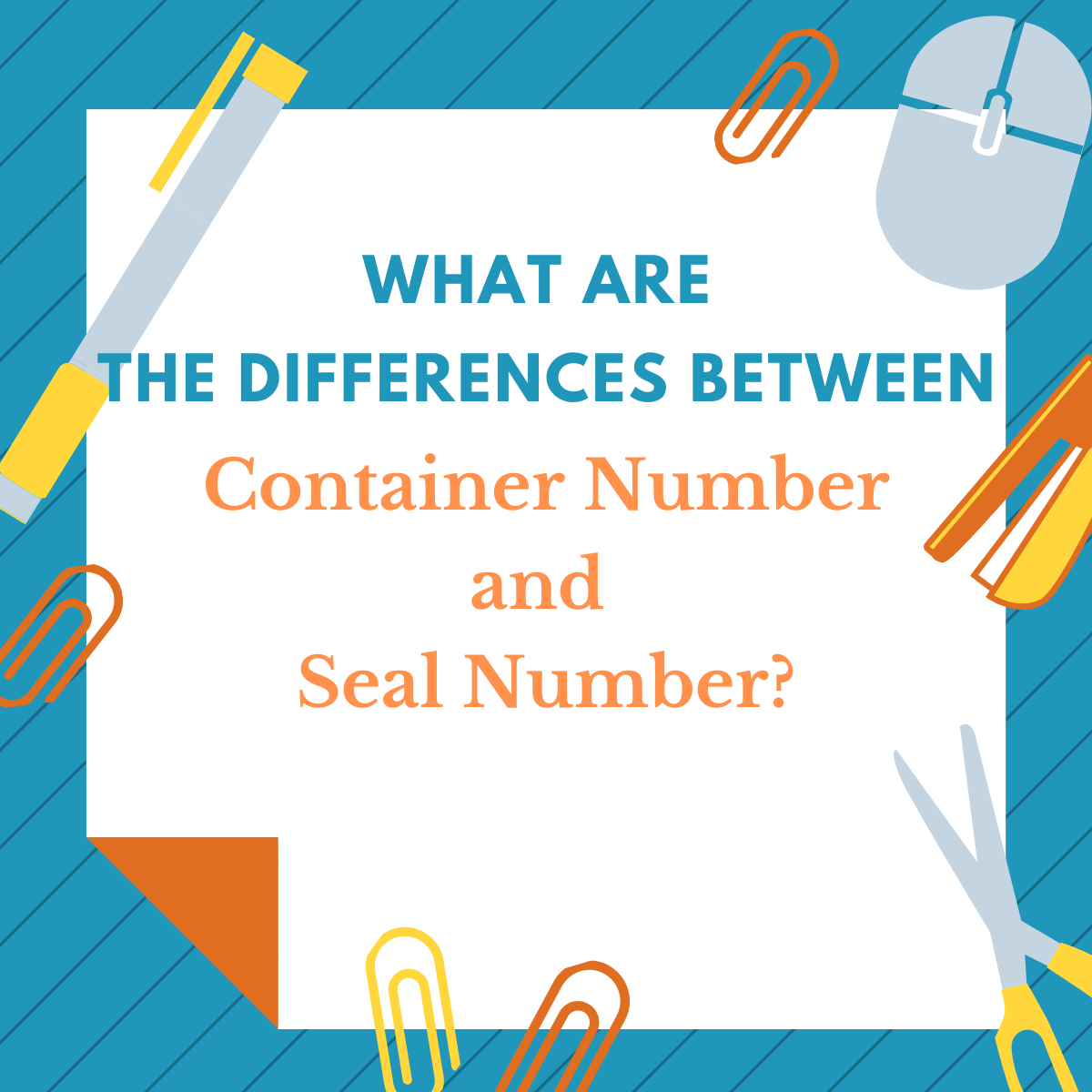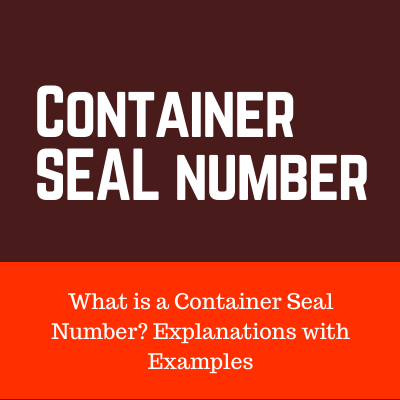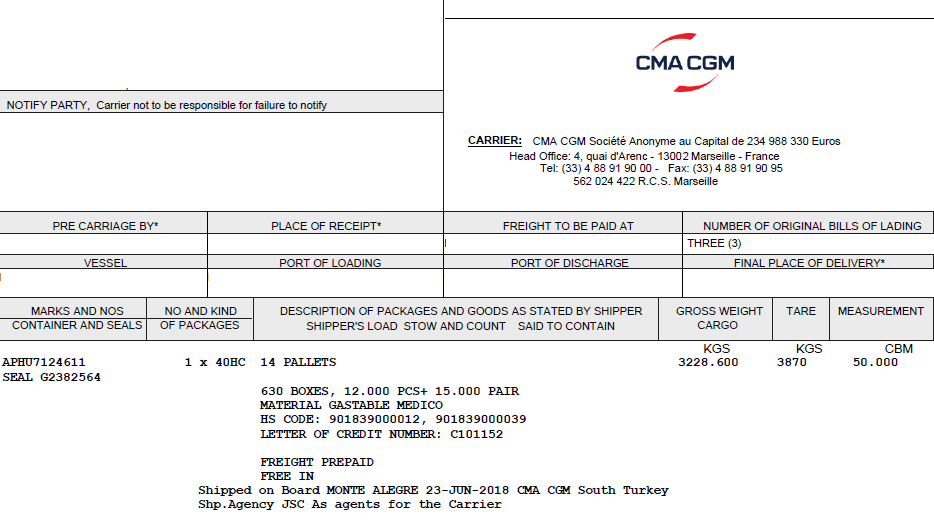A container number, also known as container identification number, is a reference number assigned to a freight container for legal and commercial purposes.
Container seal number is an identification number of a container seal. Each container seal has an individual identification number.
Both container numbers and seal numbers are important international transportation security and safety measures and monitored closely by customs offices during the import and import stages.
On this post, I will identify the main differences between a container number and a container seal number.
Differences Between Container Number and Seal Number:
Easy to Locate / Hard to Locate:
Container number is printed on three spots of each freight container: one on the doors end, one on the side wall and one on the top of the container.
It is very easy to locate a container number.
On the other hand, a seal number is affixed to each container seal, which is a small item.
It is not easy to locate a seal number comparing to a container number.
Tracking a shipment:
It is possible to track a shipment by a container number. On the other hand you can not track a shipment by a seal number.
International Coding Standard:
Freight containers are numbered by an international organization called BIC (The Bureau International des Containers) according to an internationally recognized ISO 6346 standard.
Container seals are numbered by each seal producer or container liners according to their internal corporate rules.


